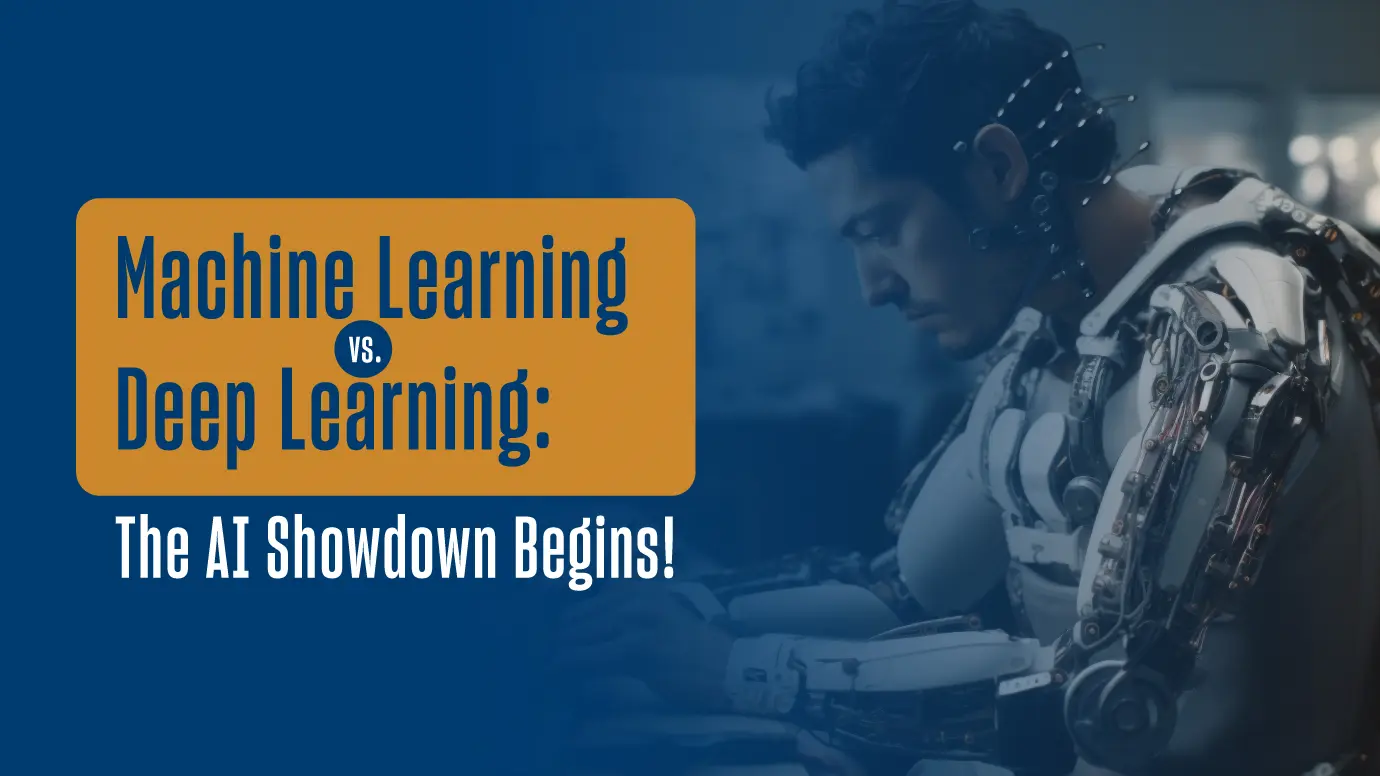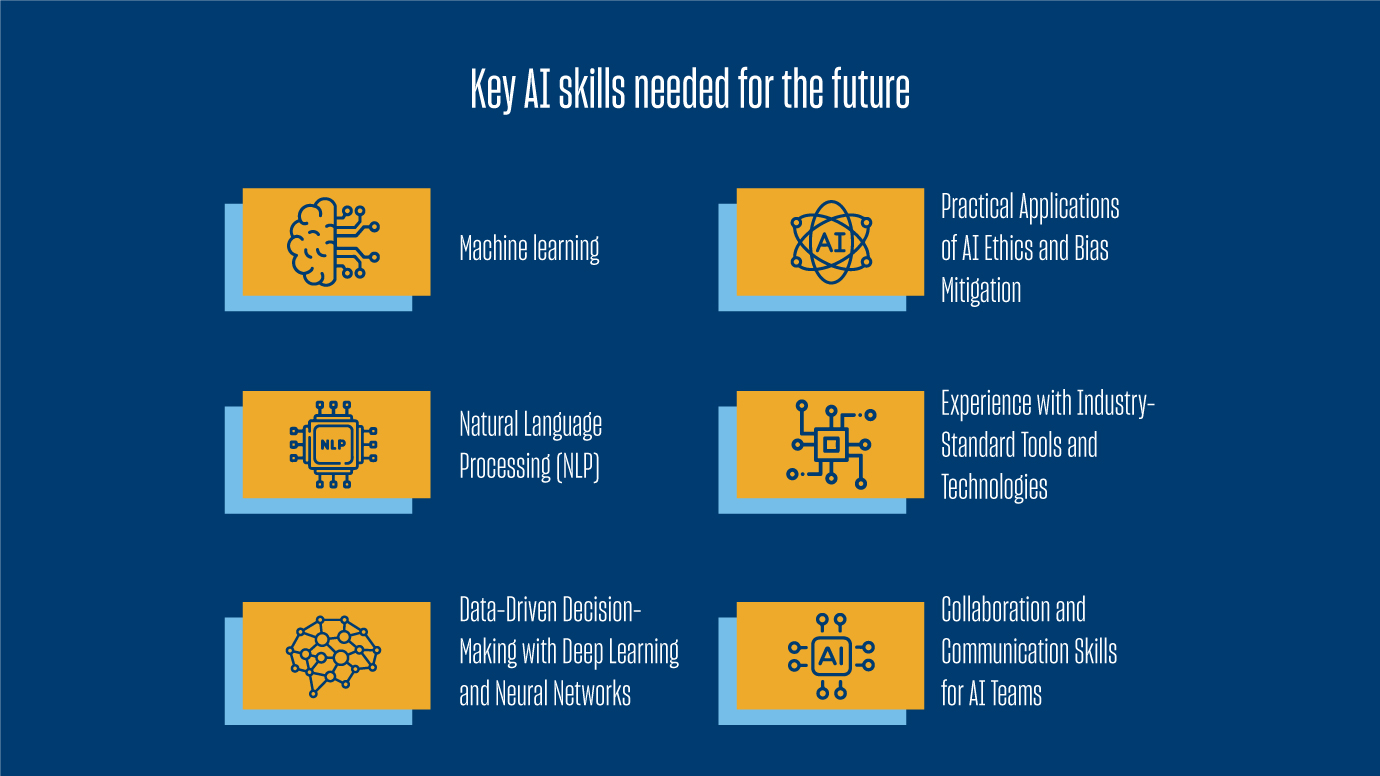AI Technology Breakdown: Differences Between Machine Learning and Deep Learning
Thursday, February 13, 2025
SHARE

This guide explores the key differences between Machine Learning and Deep Learning, two core areas in AI technology. It breaks down each approach, helping you understand their distinct applications and how they fit into a career with an MS in Applied AI from USD Online.
AI is no longer just a theoretical concept but has been integrated into our daily routines. Its sub-fields, specifically Machine Learning (ML) and Deep Learning (DL), have enabled new horizons in personalized recommendations, image recognition, and even autonomous driving. Both are subsets of artificial intelligence, but each has unique characteristics, applications, and advantages. Let’s dive into the details and uncover the core differences between these two powerful technologies.
What is Machine Learning?
Machine Learning (ML) is a subfield of artificial intelligence that allows computers to learn from data without being explicitly programmed. ML can write algorithms that identify patterns to predict and decide through data inputs. It is most commonly used in Fraud Detection, Recommended systems, and Speech recognition.
There are Three Main Types of Learning in ML:
- Supervised Learning: Algorithms are trained on labeled data to make predictions using known input-output pairs. They are used in applications like email spam filtering, where the categories are "spam" and "not spam."
- Unsupervised Learning: In this, no labeled data is used to train a model; rather, the agents form clusters within themselves. This is helpful when segmenting customers based on behavior, e.g., marketing analytics.
- Reinforcement Learning: This technique is used to train AI to iteratively make a sequence of decisions for giving rewards on desired consequences and penalties for undesired outcomes. This is used in robotics and gaming environments.
Read More: How an MS in Applied AI can equip you with the skills needed to become an AI expert.What is Deep Learning?
Deep Learning (DL) is a subset of machine learning, but the major difference between them is that ML depends on neural networks on a single layer while DL depends on multiple layers, hence the term “Deep.” These models are based on the human brain and allow computers to perform tasks such as image and speech recognition with incredible precision. Deep Learning requires large amounts of data and computational power, but it is excellent for complex tasks involving unstructured data like video, audio, or text.
Key Characteristics of Deep Learning Include:
- Neural Networks: DL models are based on the concept of artificial neural networks, which comprise interconnected “neurons” in layers, better known as the depth of a model. End-to-End Learning: It refers to training a system directly on raw data that will be used for an end target, such as detecting objects. This is unlike ML, where the engineer manually extracts certain attributes of raw data before feeding them to the model.
- High Computational Demand: Training a deep learning model requires substantial computational resources, often relying on GPUs and cloud computing platforms. An online degree of MS in applied AI can provide you with all these essential skills of deep learning along with real-world applications which include machine learning operations as well as capstone projects.
Key Differences Between Machine Learning and Deep Learning
Though ML and DL are both forms of AI, the two approached differ significantly in methods, applications, and requirements.
- Data Dependency: Machine Learning models can perform even better with smaller datasets and thus can also be used to perform well on tasks where data is less. On the other hand, Deep Learning models are fed on big data, which works for them especially because of their large number of parameters. This is usually used to recognize complex patterns.
- Feature Engineering: In traditional machine learning, feature engineering is critical. Choosing the relevant features for the model is done manually by data scientists and can require a lot of time. However, Deep learning automates this process. It can learn relevant features automatically through layers of neurons, which makes end-to-end learning possible.
- Computational Power: ML models are lightweight and can run on normal computers. However, the DL model requires GPUs or cloud computing for efficient training, especially with deep neural networks that process large amounts of data in parallel.
Which One Should You Choose?
The decision of whether one should use machine learning or deep learning is mainly up to the project and its resources. Here’s a quick breakdown:
Machine Learning: Ideal for projects where data is structured and relatively small. If you need to build predictive analytics, detect fraudulent actions, or build recommendation systems, ML is often the best choice. For those pursuing an MS in Applied Artificial Intelligence, ML provides a strong foundation for building data-driven solutions in business.
Deep Learning: Good for highly complex tasks that consume a lot of data, such as image and voice recognition. DL is optimal when computational resources are not an issue. Deep learning skills will be important for those who are aiming for breakthroughs in natural language processing or autonomous driving.
Applications in Real-World Scenarios
Predictive Analytics for Enterprises: ML models are widely used in predictive analytics to help businesses get to the point at which data can inform decision-making. As an example, a machine learning algorithm can analyze the purchasing patterns of an e-commerce company to anticipate what customers will purchase in the near future and facilitate tailored marketing and inventory operations.
Self-Driving Cars: DL algorithms also play a crucial role in enabling self-driving cars to understand visual data and actual surroundings, ensuring reaction to dynamic real-world conditions. Deep-learning animal models have been used in this context to train on tons of information in the form of images, videos, and sensor data to identify obstacles and road conditions so that they can drive themselves safely.
The Key to Equipping Yourself with AI Skills
The increasing prominence of AI across many industries means more demand for professionals with advanced ML & DL skills. Programs like an online master’s degree in applied AI offer courses that cover these key areas of AI.
An online degree from USD Online provides comprehensive exposure to AI fundamentals, including machine learning algorithms, big data analytics, and advanced AI concepts like deep learning.

